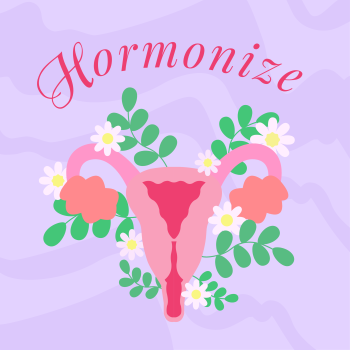
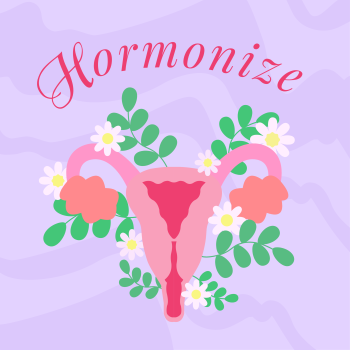
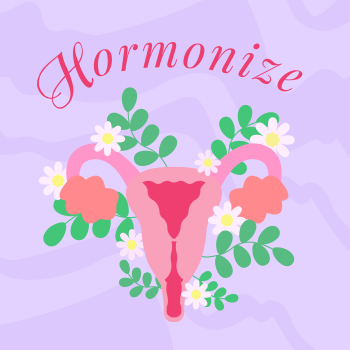
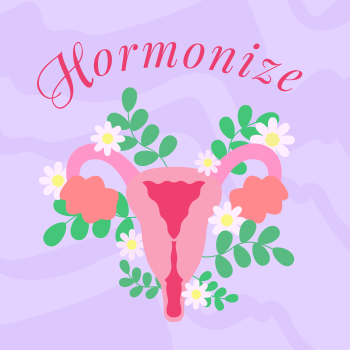
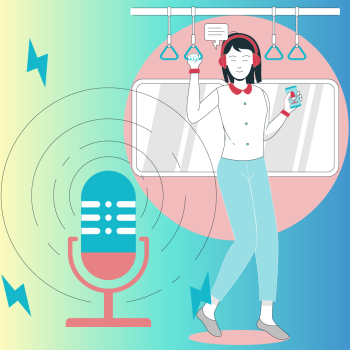


|
To understand intersectionality of race and gender, we need to understand the concept of race and gender, and then look back at Prof. Kimberlé Crenshaw’s work on critical race theory to understand intersectionality. To begin, race is a human group defined by itself or others as distinct by virtue of the perceived common inherent physical characteristics that are socially constructed without actual biological facts. Whereas gender refers to socially constructed norms, traits, or values that through socialisation individuals and groups attribute to themselves or others purely on the basis of their sex, but which differ across societies and cultures, and change over time within the same society.
Understanding this intersectionality is relevant in our work on invisible racism with a focus on internalised racism among young refugees to describe how class, gender, sex, or other individual characteristics intersect with one another and overlap in the experiences of young refugees vis-à-vis racism. E.g., lived experiences of racial discrimination of a young refugee woman are different from those of a young refugee man, which are further different from those of a young lesbian refugee woman and from those of a young gay refugee man. Even though looking at racism from this perspective is crucial, we still know little about how young refugees experience and are affected by racism.
There are no tools for understanding how racial and gender discrimination are addressed in school institutions or in youth work interventions. Hence, this is where the concept of intersectionality shows its relevance. Due to our narrow view of how young refugees experience and are affected by discrimination, we conceptualise a one-fit all youth-oriented interventions that do not consider both racism and gender. That is, anti-racism interventions within youth work do not consider or perhaps seem to ignore that a young refugee can be both a black woman or man and lesbian or gay, thus subject to discrimination on the basis of race, gender, or a combination of both. Continue reading! |





 Published on 26.02.2021 at 19:02
Published on 26.02.2021 at 19:02